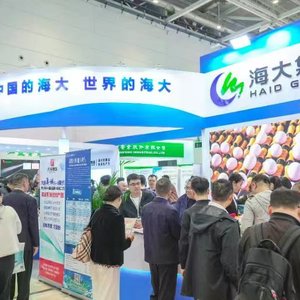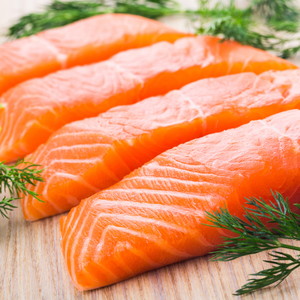These technical guidelines have been produced to supplement the FAO Code of Conduct for Responsible Fisheries (the Code). The Code and many international agreements and conferences highlight the benefits of and need for adopting an ecosystem approach to fisheries and an ecosystem approach to aquaculture through the principles and concepts elaborated therein.
\r\n
The objective of the guidelines is to assist countries to develop aquaculture, in particular that involving significant use of natural resources, in a sustainable way that produces the greatest social and economic benefits without compromising the underlying resource base for future generations.
\r\n
The heavy dependence of capture-based aquaculture (CBA) on wild resources and its implications for wild populations have been increasingly recognized in the last decade. These guidelines address the actual and potential impacts of wild-seed harvest on target and non-target (bycatch) species (including threatened species), on biodiversity, and on the environment and marine ecosystem. The guidelines also consider harvest and post-collection practices, grow-out, feed and broodstock, social and economic factors, and governance considerations. They also identify CBA principles and guidelines for good practices, and provide numerous illustrative case studies from a diverse range of species and fisheries.
\r\n
\r\n
Download the guidelines from the link below (PDF).







